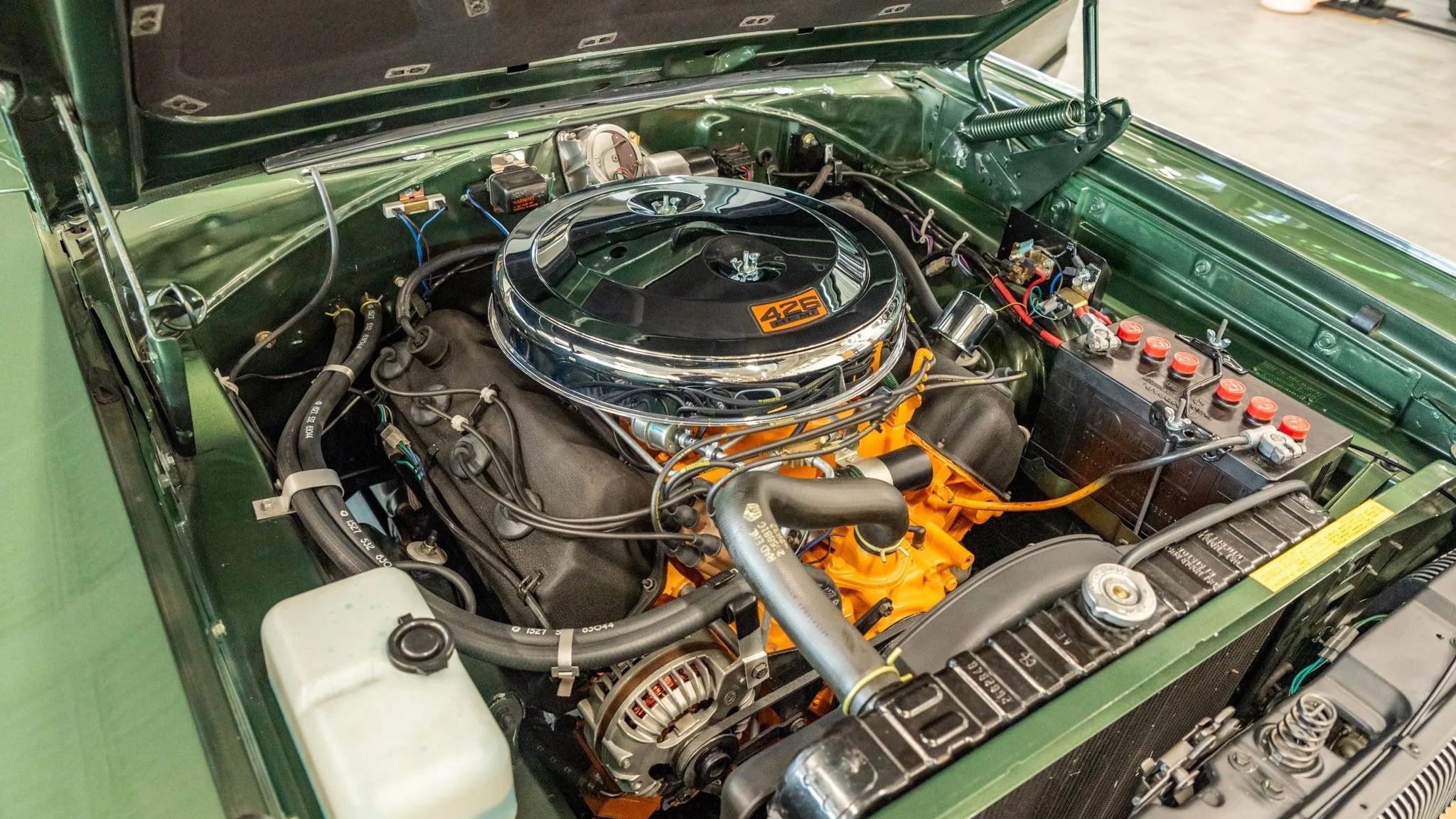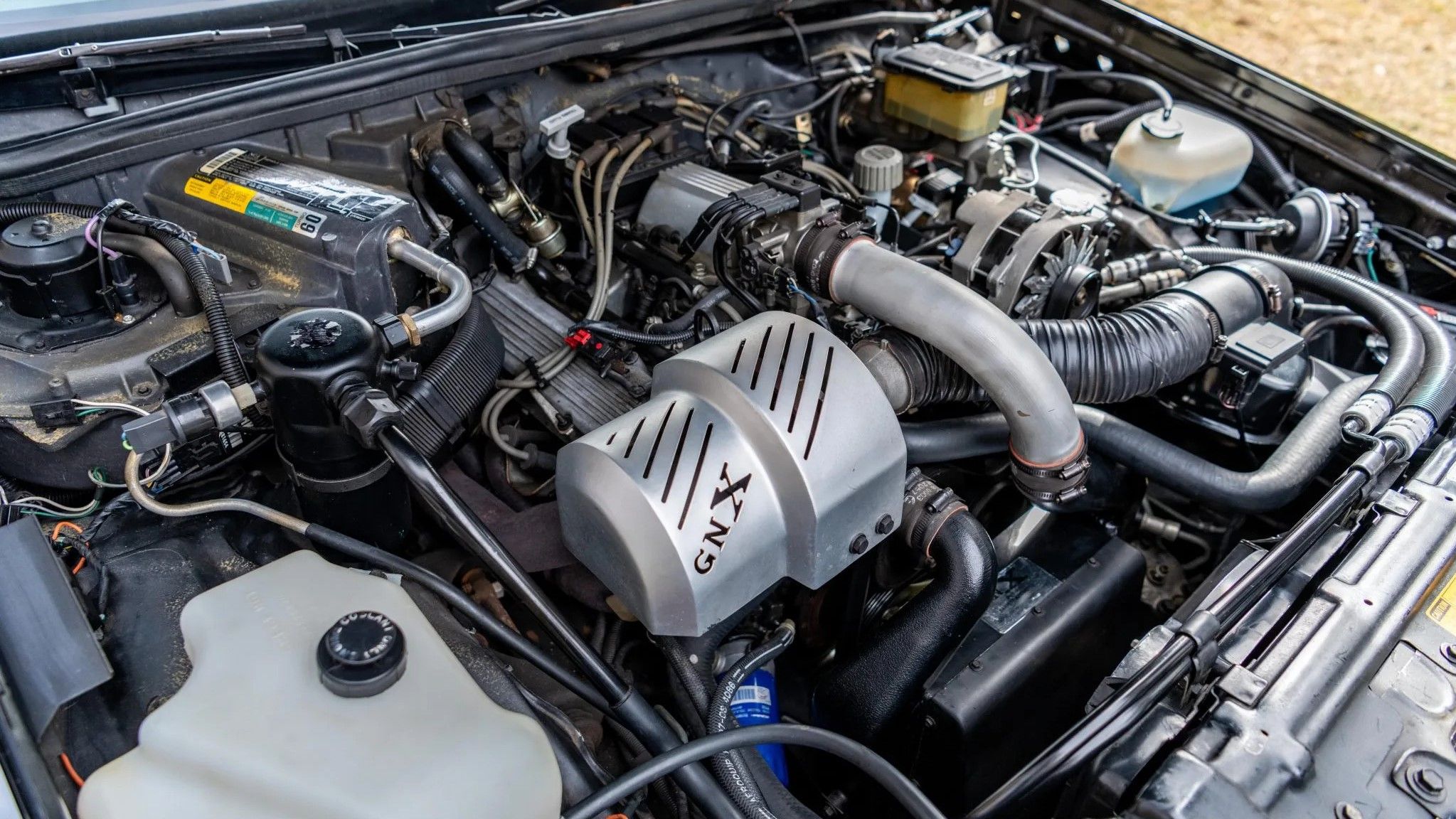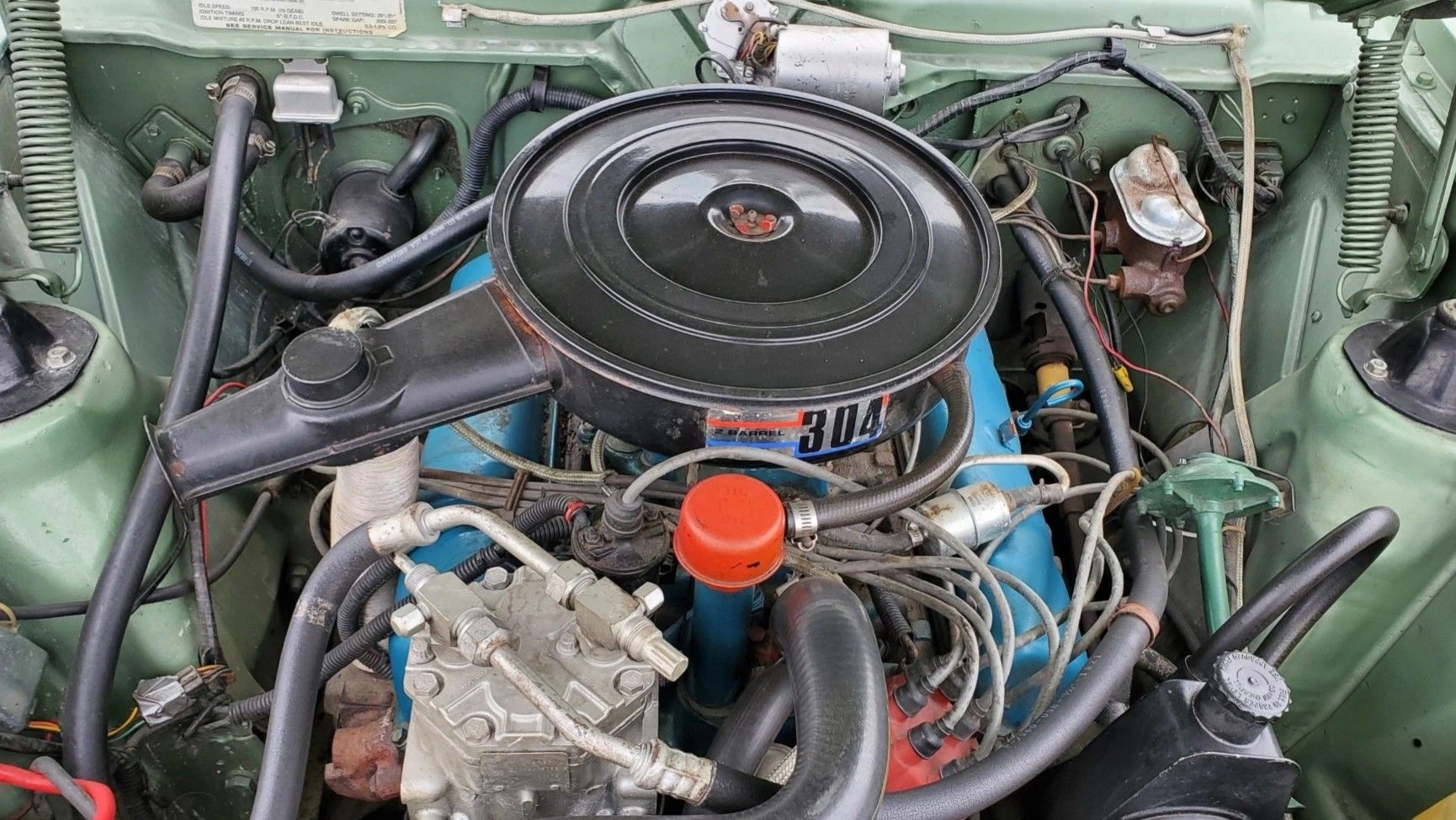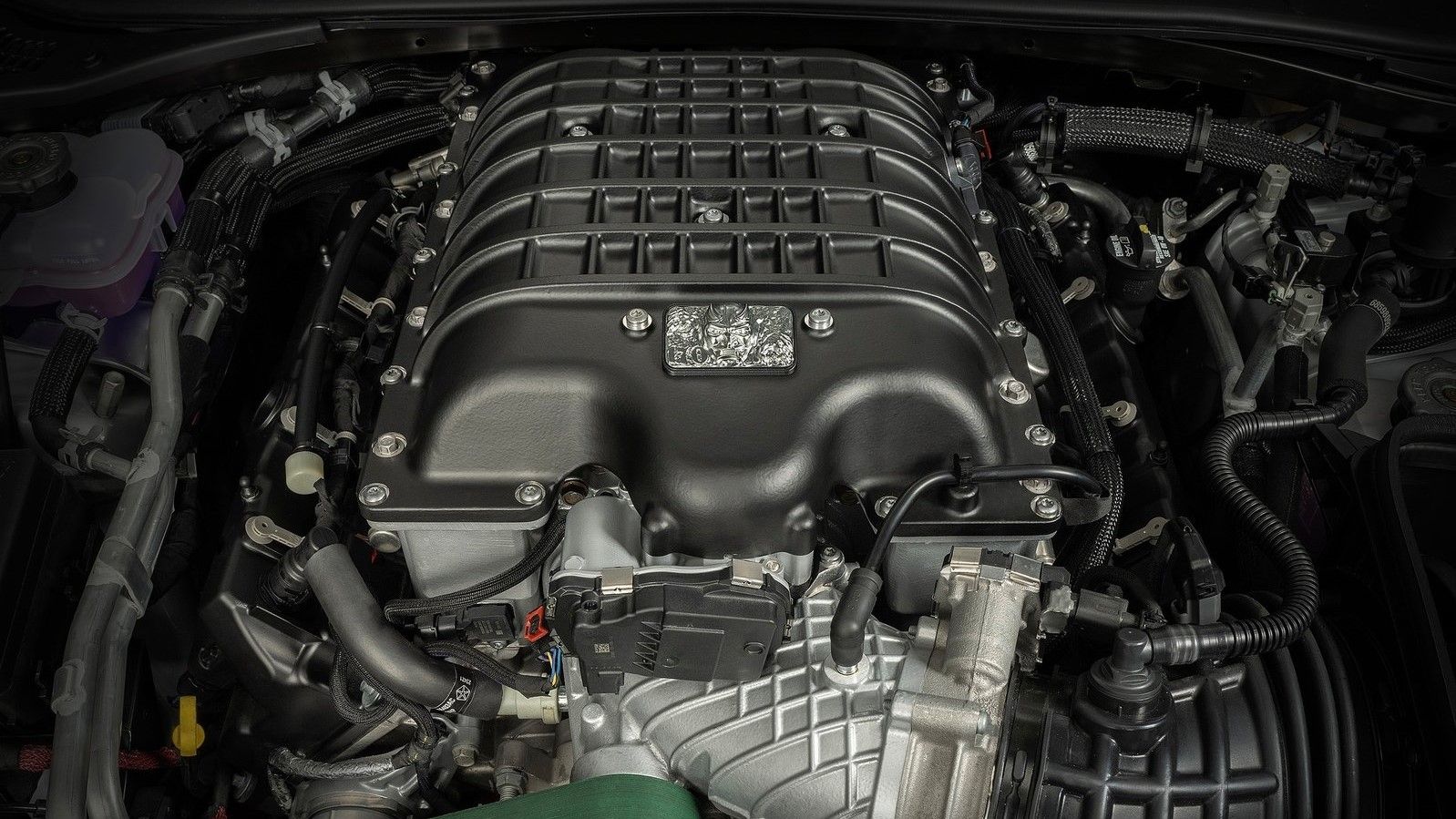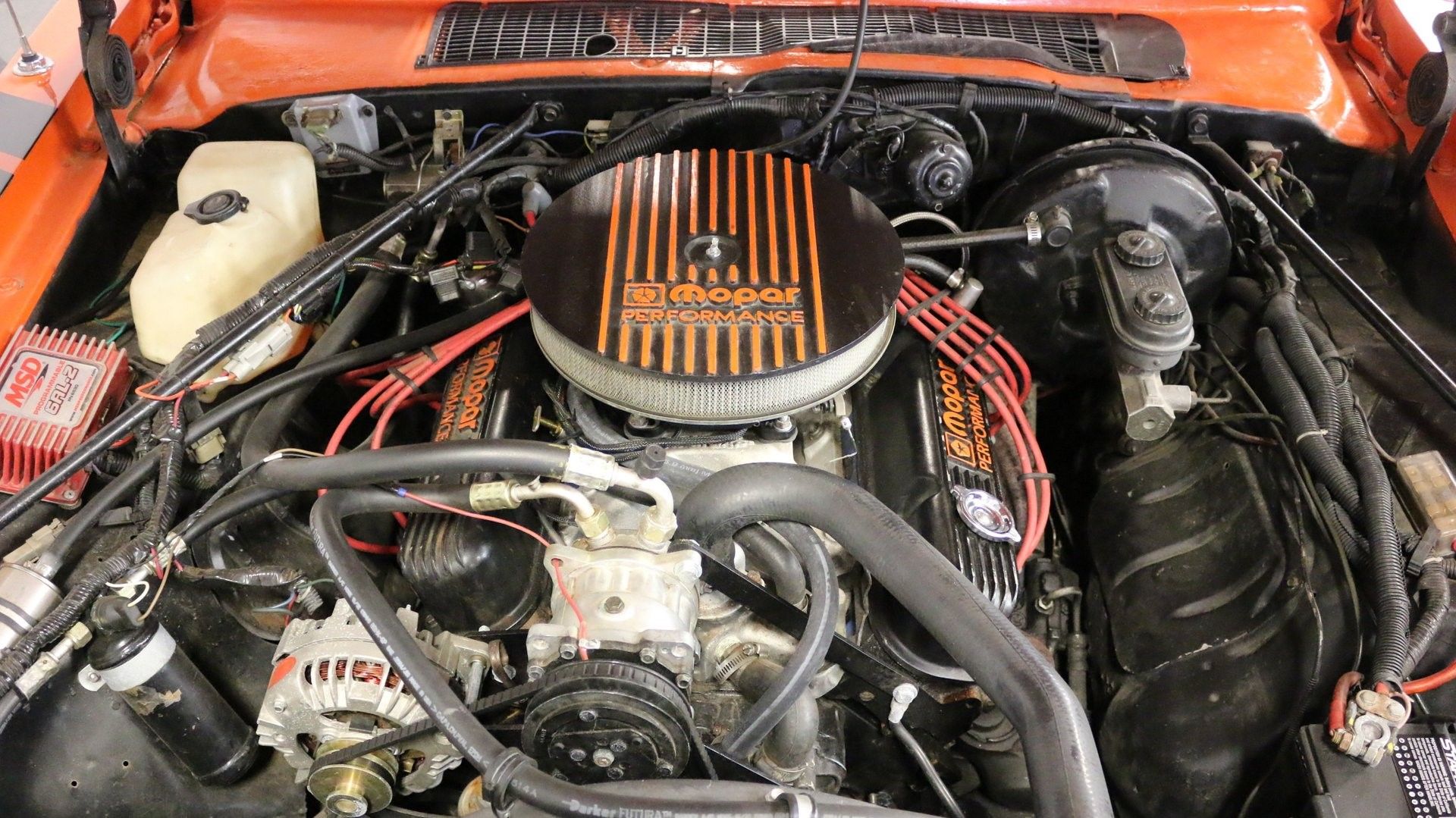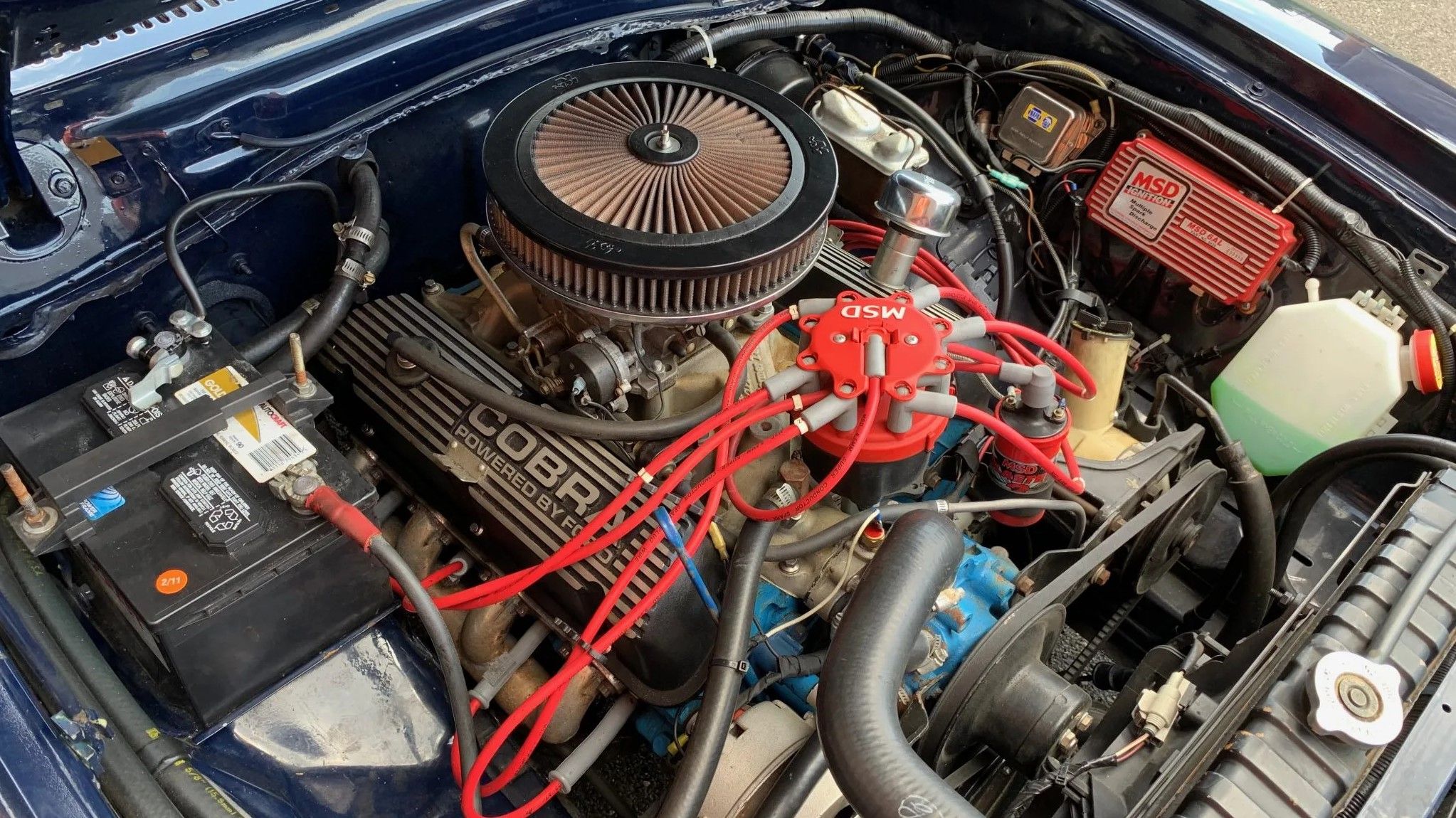Back in the day, all carmakers had one ideology: There’s no displacement for displacement. In Layman’s terms, that basically means that the bigger the engine, the better, and forced induction is just a bunch of baloney. However, today we know that couldn’t be further from the truth as some cheap sports cars can outrun a Ford Mustang GT, and it’s all thanks to modern turbocharged technology. However, just because an engine pushes out a ton of power, doesn’t necessarily mean it’s a good engine. But we digress.
Instead of telling you why we prefer large naturally aspirated engines over smaller turbocharged ones, we’re here to discuss a very specific genre of engines: muscle car engines, no matter whether they’re found in classic powerhouses or modern performance cars. To be more specific we’re addressing which muscle car engines were the best, and which ones were the worst. As a general rule, all muscle cars have to abide by a few rules. Muscle cars have to have a V8 engine, be rear-wheel-drive, and should be able to do a burnout at any given time. That said, there are a few exceptions to this rule, but we’ll get to that.
Without further ado, let’s discuss the best American cars that define automotive excellence which came with some of the greatest engines of all time, as well as some disastrously disappointing muscle cars that fumbled the bag.
10 Greatest: Chrysler’s 426 Cubic-Inch/7.0-Liter Hemi V8
One of the largest engines ever fitted to a muscle car was Chrysler’s 426 Hemi V8, also known as the Elephant. This 426 cubic-inch (7.0-liter) V8 engine found its way into old American cars that will soon be worth a fortune like the Dodge Charger, Plymouth Barracuda, and even the Jensen Interceptor.
When released back in 1964, the 426 Hemi V8 generated 425 hp and 490 lb-ft of torque, but in reality, its power output was closer to 470 hp. Not only was Chrysler’s 426 Hemi V8 one of the largest V8 engines of all time, but back in 1964, it was also one of the most powerful exceeding everyone’s expectations.
9 Disappointing: GM’s 151 Cubic-Inch/2.5-Liter “Iron Duke” Inline-Four
Cars like the Chevrolet Camaro and Pontiac Firebird are well-known for forming part of the greatest muscle cars of all time, but did you know that they also had one of the most underpowered – almost sacrilegious – muscle car engines too? Nicknamed the Iron Duke engine, GM’s 151 cubic-inch (2.5-liter) so-called muscle car engine only had four cylinders as opposed to the traditional eight.
Furthermore, the Iron Duke inline-four only put out up to a whimsical 110 hp and 135 lb-ft of torque. If you know your history, you know why GM had to make such an irrational decision… In the 1970s, the infamous American oil crisis took place that resulted in many carmakers downsizing their engines. Still, the 2.5-liter Iron Duke engine remains one of the few Chevy engines we don’t want under our hood.
8 Greatest: GM’s Turbocharged 231 Cubic-Inch/3.8-Liter V6
Remember how we said muscle car engines are typically massive gas-guzzling V8 engines, apart from a few exceptions? Well, meet our first exception, GM’s turbocharged 231 cubic-inch (3.8-liter) V6. Found in the severely underrated Buick GNX, also known as Darth Vader – one of the few classic American cars that were ahead of their time – Buick’s turbo V6 redefined what a muscle car could be.
The GNX’s V6 generated a staggering 276 hp at 4,400 rpm and 360 lb-ft of torque at only 3,000 rpm. In turn, this meant that the GNX’s turbocharged V6 allowed the Buick to dash down from 0-60 mph in only 4.6 seconds. At the time, this was the second-fastest 0-60 mph time ever set by a production car, only losing to the Lamborghini Countach!
7 Disappointing: AMC’s 304 Cubic-Inch/5.0-Liter V8
Unfortunately, AMC is an American carmaker that went defunct back in 1987, and many enthusiasts forgot it even existed. On the one hand, it’s a heartbreaking story, but on the other, they were responsible for one of the worst V8 engines ever… The engine in question was a 304 cubic-inch (5.0-liter) V8 used in various Jeeps and AMC muscle cars like the Javelin.
So what makes the 304 cubic-inch AMC C8 such a dreaded mess? Well, initially the 304 V8 wasn’t particularly bad since it generated 210 in 1970, but as the years went by, the power decreased too. Eventually, the 304 AMC V8 got so weak that it only had 120 hp after 1976… less than what AMC’s six-cylinder engines made.
6 Greatest: Dodge’s Supercharged 6.2-Liter Hemi V8
You knew it was coming, ladies and gents. Arguably, the best modern muscle car engine is Dodge’s supercharged 6.2-liter Hemi V8. Now this engine is a doozy. The supercharged Dodge Hemi V8 found its way into countless amounts of cars ranging all the way from SUVs to sports sedans, and of course muscle cars. The Dodge Challenger in particular.
The most powerful version of Dodge’s 6.2 supercharged Hemi to date saw its debut in the instantaneously famous NHRA-banned Dodge Challenger Demon 170. The Demon 170 is Dodge’s final goodbye to the muscular 6.2 Hemi, and there’s only one way to give it a proper send-off of course… extracting as much power out of it as possible. Therefore, the 6.2-liter supercharged V8 found in the Challenger Demon 170 churns out 1,025 hp and 945 lb-ft of torque. In turn, making it the most powerful factory muscle car to date, as well as muscle maniacs’ favorite engines to swap into virtually anything.
5 Disappointing: Chrysler’s 360 Cubic-Inch/5.9-Liter LA V8
Although Chrysler built some applaud-worthy engines over the years, a few duds came along too. One such dud was the 360 V8 engine used by cars like the Dodge Aspen R/T. With a displacement of 360 cubic inches (5.9 liters) and a set of two-barrel carburetors, hopes were high… too high.
Usually, cars with the R/T badge are performance-focused cars, especially considering that the 360 Chrysler engine was an optional extra. However, the 360 V8 only put out a maximum of 170 hp, meaning that the Dodge Aspen R/T only passed the quarter-mile mark after 17.4 seconds. On top of that, the 360 V8 was so environmentally unfriendly that the state of California refused to sell it due to its 15.2 mpg average fuel consumption rating.
4 Greatest: GM’s Range Of LS V8s
It’s no secret that GM’s range of LS engines are some of the best V8 engines ever produced, and they’re also some of the few naturally-aspirated engines that’ll last you a lifetime. But one LS engine stands out from the rest, the LS7.
Found in the C6 Chevrolet Corvette Z06 and the fifth-generation Camaro Z/28, not only was the LS7 a great-sounding and tried-and-tested reliable muscle car engine, but it remains one of the most powerful naturally aspirated engines in existence. With a displacement of 423 cubic inches (7.0 liters), the LS7 had 505 hp and 470 lb-ft of torque. In the real world, this was enough to give the C6 Z06 enough strength to muster past 195 mph.
3 Disappointing: Chevrolet’s 305 Cubic-Inch/5.0-Liter V8
Once again, we have another V8 engine produced during the oil crisis that kept an American car brand’s head afloat, the Chevy 305 V8. To play devil’s advocate for a second, we have to mention that acceptable iterations of Chevy’s 305 V8 exist, like the ones found in the Camaro Z/28 and Pontiac Firebird Trans Am, but one version of the aforementioned engine was horrendous. And it’s found in the fourth-generation Oldsmobile 442.
Despite the fourth-gen Oldsmobile 442 already having only a hilariously low 170 hp extracted from its 305 cubic-inch (5.0-liter engine), the coupe version got the short end of the stick. We can only believe that the engineers thought that because the Oldsmobile 442 coupe had two fewer doors, the engine could be less powerful to keep an even playing field. As a result, the Oldsmobile 442 coupe only had 160 hp on tap.
2 Greatest: Ford’s 317 Cubic-Inch/5.2-Liter Voodoo V8
As a general rule of thumb, muscle cars have a unique burble when idling, especially classic V8 muscle cars that almost look as if they’re shaking. The Ford Mustang Shelby GT350 is nothing like that though. It broke traditional muscle car rules by ditching its cross-plane crankshaft for a flat-plane one instead. The result? Well, why don’t you listen and you’ll understand?
The unique naturally aspirated flat-plane crankshaft-equipped 317 cubic-inch (5.2-liter) V8 found in the modern-day GT350, called the Voodoo engine, produces 526 hp and 429 lb-ft of torque. So, not only does it sound orgasmic due to its unique engineering and 8,250 rpm redline, but it’s also mighty since its able to catapult the GT350 from 0-60 mph in 4.2 seconds, with the GT350R doing the same in 3.9 seconds.
1 Disappointing: Ford’s 302 Cubic-Inch/4.9-Liter Windsor V8
The most disappointing muscle car engine ever produces has to be the Ford 302 Windsor V8. And yes, you guessed it. The 302 Windsor V8 was obviously built during the oil crisis too. With a displacement of 302 cubic inches (4.9 liters), excitement grew for Windsor V8, but this was futile.
Fitted in the 1974 Ford Mustang King Cobra – planned to be the fastest of the Mustang at the time – the 302 Windsor V8 only put out 139 hp and 250 lb-ft of torque. By some miraculous miracle, the Mustang name didn’t die that day. But the Mustang King Cobra was horrendously slow with a quarter-mile time of a staggering 15 seconds. Fortunately, Ford went on to save the Mustang name and improve on their mistakes non-stop from there on out.
Sources: Driving Line, Motor Trend, Car Buzz, Petrolicious, Car and Driver
